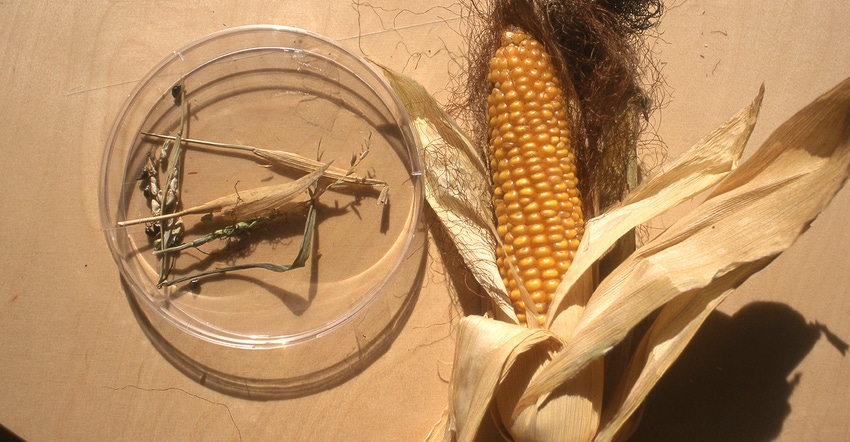
I’ve always marveled at seed. You hold it in your hand, and it doesn’t look like much. Sure, plant several thousand in an acre and you get a crop. But consider that data package you’re holding in your hand; companies do.
Yes, that seed is a data package with a complex code of DNA waiting to be initiated to do its cellular magic and grow into a healthy plant to produce more seed you can sell as a crop. Seed companies are turning to new ways to enhance the productivity of that product, and while it’s part of a process that’s been going on for more than 10,000 years, it’s different these days.
Some recent events have caught my attention in the world of crop breeding. First, plant breeders have more information than they’ve ever had when it comes to selecting parents and varieties to advance to market. Second, the tools they’ll have in the future to enhance yield offer even more potential.
While the traditional tools of plant breeding are still essential to bringing a crop to market, the use of genetic markers, big data analytics and even gene editing offer the potential to create what in my mind might be a “digital seed.” Companies are seeking traits and working on ways to dig into their germplasm libraries to find traits that take on the abiotic stresses that are hard to beat. Those are the “forces of nature” stresses that occur in any given field: drought, heat, floods. Add in new ways to think about pest and disease control, and the promise of higher yields looks good.
Plant breeders have long used selection and crossbreeding to develop new plants. From the earliest days of native farmers picking seeds from plants they felt looked better by sight — or taste — humans have been changing and improving what we eat. But the selection approach was just a start.
Designing, then growing
Today, plant breeders can design what they want and go seek out the genetic markers ahead of their efforts to select parent inbreds. Startups like Inari are looking at ways to create new parent lines based on key traits and genetic editing.
Crop yields in 2018 were top-notch in a number of areas even where weather wreaked havoc on some fields — barring hurricanes, hail, floods or tornadoes. We shouldn’t be surprised. In corn, for example, major seed companies promised they would achieve an average yield of 300 bushels per acre by 2030; we’re starting to see the fruits of that labor.
Bring in the digital tools of data analysis that can look at genetic traits and determine what will work best. Combine that with gene editing. Accelerate it with techniques like embryo rescue, which Syngenta uses to shorten the breeding cycle. And you can see how farmers will have more yield to work with than ever before.
The demand curve is still out there. The global population continues to rise. The short-term demand slump that has caused crop prices to collapse will eventually be overcome, helping soak up all these extra bushels plant breeders have given you.
It’s just a reminder that the march of technology doesn’t stop, even when the market acts like it should.
About the Author(s)
You May Also Like




